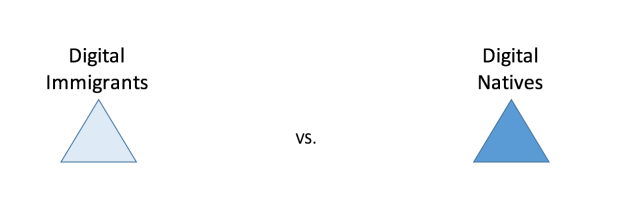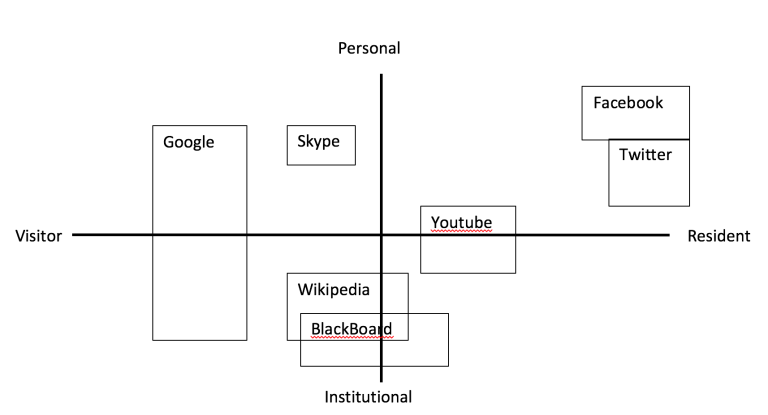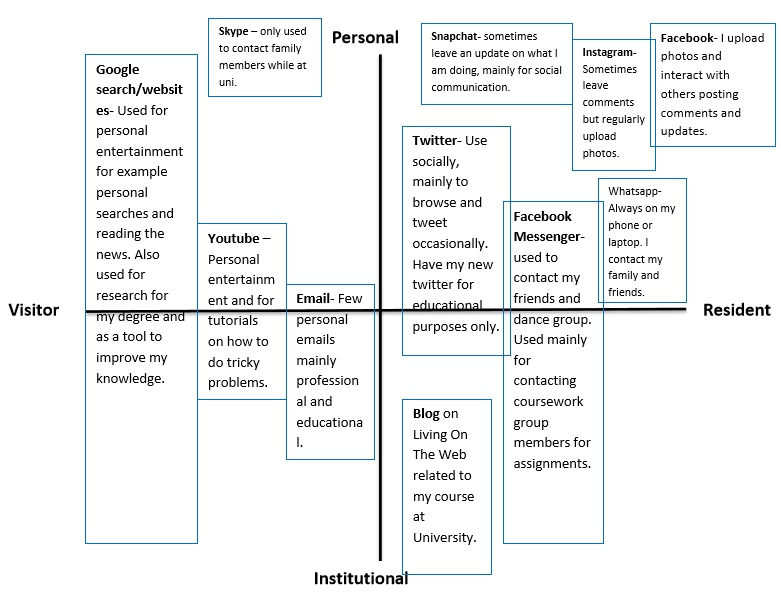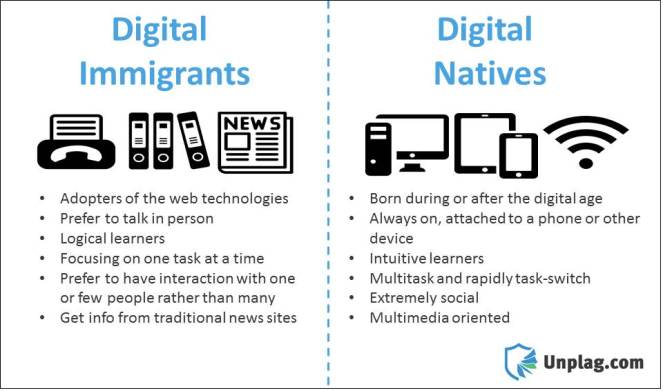
‘digital residents’ & ‘digital visitors’: what’s your online approach?
Digital ‘residents’ and ‘visitors’ form a metaphor for people’s engagement with online technology.
Residents live a part of their life online. They use the Web for work, study and recreation; they are comfortable expressing themselves and their opinions in online communities and maintain a digital identity through social networking sites (White, 2008).
Visitors are those who use the Web more sparingly and selectively.
Continue reading →


















